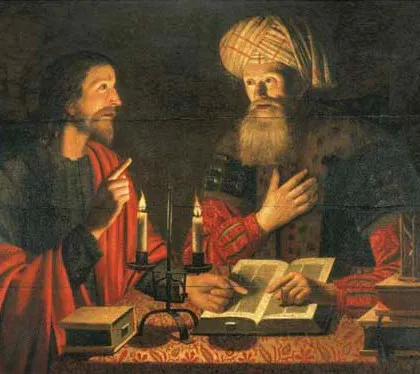The Scientific View of the Negro Before the Age of Political Correctness, Part 1

We are going to start something a little different this evening. Originally, I thought about presenting Clifton Emahiser’s brief paper, Diverse Seed Defiles Families. We may present that essay here in mid-January instead, since while I began preparing for that, a Christogenea Forum member had enlightened me to a book by Dr. John Van Evrie titled On Negroes and Negro Slavery, which was a defense of the institution of slavery in the South by a medical doctor from New York, of all places. Looking into this book, I saw that Wikipedia and other sources nearly ridicule Van Evrie, yet his book was actually cited in the bibliography of a famous Britannica article on Negros, which expressed many views shared by so-called “rednecks” and “racists” of today. It seems like a hundred years ago, our Christian Identity view of the Negro was actually quite popular among anthropologists, ethnologists and other academics.
This presentation is actually an extension of things that both Clifton Emahiser and myself had said as I presented his series of papers Identifying the Beast of the Field, where we cited similar sentiments as they were expressed by 19th century geologist Alexander Winchell, and elsewhere where I had mentioned men such as Alexander Winchell along with Professor Charles Carroll and his book The Negro, A Beast or In The Image of God? in my essay on The Role of Faith in a Successful Insurgency, Movement, or Community. So this is my endeavor to examine to a greater extent that phenomenon of such opinions held by educated men in the 19th century.










 Please click here for our mailing list sign-up page.
Please click here for our mailing list sign-up page.








Recent comments